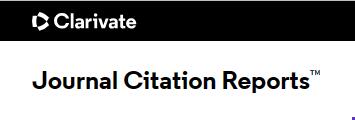column
2017, 31(5): 377-385.
DOI: 10.7555/JBR.30.20150137
2017, 31(5): 386-394.
DOI: 10.7555/JBR.30.20150162
2017, 31(5): 437-444.
DOI: 10.7555/JBR.31.20170031
2017, 31(5): 445-452.
DOI: 10.7555/JBR.31.20170026
2017, 31(5): 453-461.
DOI: 10.7555/JBR.31.20160115
2017, 31(5): 462-465.
DOI: 10.7555/JBR.31.20160159
2017, 31(5): 466-467.
DOI: 10.7555/JBR.31.20160054
2017, 31(5): 468-470.
DOI: 10.7555/JBR.31.20150166
Journal of Biomedical Research is a peer
reviewed open access journal dedicated to
publishing high-quality research in all areas
of the biological and medical sciences.


 Authors and Reviewers
Authors and Reviewers

